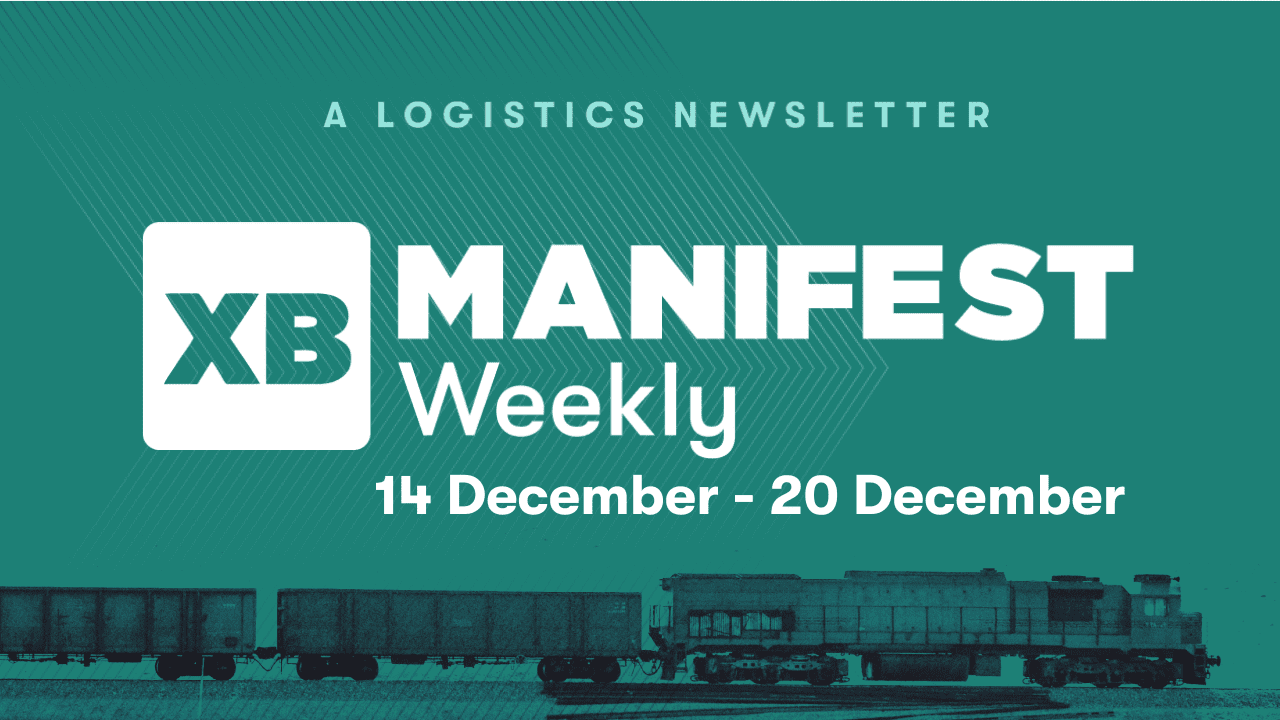In this article
This week, we’re covering the shift from air freight to ocean transport, Costco’s plans to reduce chartered vessel use, declining import volumes at LA and Long Beach, and more.
IN THE NEWS
Air Freight Rates Divebomb As Shippers Choose Ocean Transport
As COVID-19 created supply chain disruptions all over the globe, various players through 2020-21 turned to air freight to ferry their goods. Amazon, for example, started its own air freight service to take on pandemic-induced disruptions, as a reflection of increasing demand. When people stayed home, the e-commerce industry boomed, with more and more people ordering online. As a result, demand exceeded capacity.
But now in 2022, demand has declined as purse strings tighten. Homeowners are spending less, reacting to inflationary pressures. As a result, shipping capacity is stable and port congestion woes have decreased significantly. As the waterways open up, air freight seems to have lost its luster. Shippers are flocking to the ocean to ferry goods, and air freight rates have crumbled as a result.
Continue Reading
TOP HITS THIS WEEK
From The Manifest
Logixboard Insider
From Booking to the Warehouse: How to offer your clients an end-to-end digital customer experience that will drive revenue.

WATCH NOW

WHAT’S HAPPENING AROUND THE WORLD
Featured news stories
- Costco will slow down using chartered vessels as shipping congestion eases and ocean freight prices plummet. The wholesale giant reported a $93 million charge in the third quarter primarily related to downsizing its charter shipping activities.
- A Vietnamese warehouse equipment manufacturer is suing Amazon’s robotics business, claiming that the e-commerce giant backed away from promises made early in the COVID-19 pandemic to support the supplier with millions of dollars in new purchases.
- The face of the supply chain industry is changing. More women and minorities are choosing logistics as a career, studies show, although pay disparities, off-color jokes, and safety concerns endure.
- With new regulations becoming effective on 1st January, dangerous goods professionals must study and adapt. The regulations operate on a two-year cycle, so the new road (ADR), rail (RID), sea (IMDG) and air (ICAO Technical Instructions) regulations begin to replace the old editions next month.
ON OUR RADAR
Trending
Throughout 2020-21, the Los Angeles and Long Beach ports were congested, seeing increasing traffic, as supply chain disruptions induced delays for all players involved. At one point in 2021, there were more than 100 ships waiting to berth at the LA/ LB ports. But as we entered the 3rd quarter of 2022, the global supply chains went through changes thanks to inflationary pressures. Demand finally dropped, helping ports decongest and get back to normal operations. Now, in the last quarter of 2022, demand has dropped further, leaving a bleak outlook for 2023 for the ports of Los Angeles and Long Beach.
Volumes at the ports of Los Angeles and Long Beach deteriorated even further in November, with no rebound expected until the second quarter of next year — possibly even the second half. The Port of Los Angeles had 13 “blanked” (canceled) sailings in November, following 20 in October. Carriers will blank 11 more sailings this December.
Los Angeles reported total November throughput of 639,344 twenty-foot equivalent units, down 21% year on year (y/y). Empty containers came in at 242,148 TEUs, and exports at 90,116 TEUs. Imports sank to 307,080 TEUs, down 24% y/y and 9% versus October. This November’s imports were 17% below those in November 2019, pre-COVID.
At the neighboring Port of Long Beach, total November throughput came in at 588,742 TEUs, down 21% y/y. Empties totaled 204,313 TEUs and exports totaled 124,988 TEUs. Long Beach’s containerized imports fell to 259,442 TEUs, down 28% y/y and 12% compared to October. Imports this November were 11.5% below imports in November 2019, pre-pandemic.
As 2023 starts off with Chinese New Year celebrations, imports from Asia will probably be slow. Executives predict It’s going to be a slow first half of 2023 for cargo volumes. But at some point, there will be a rebalancing according to experts. When that comes, probably toward the second half of 2023, it’s going to be back to business as usual.
